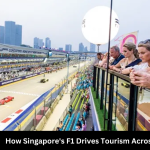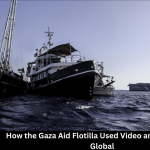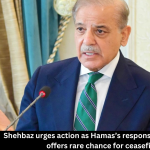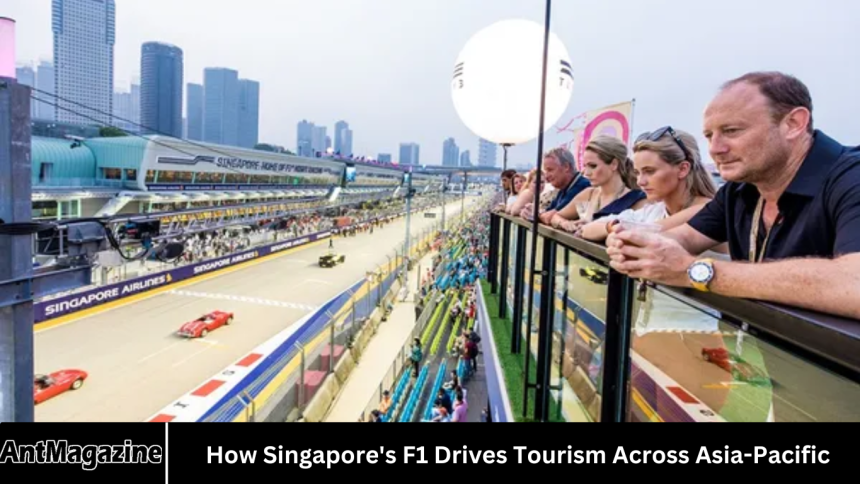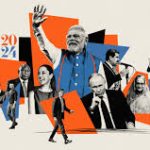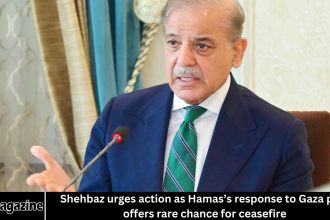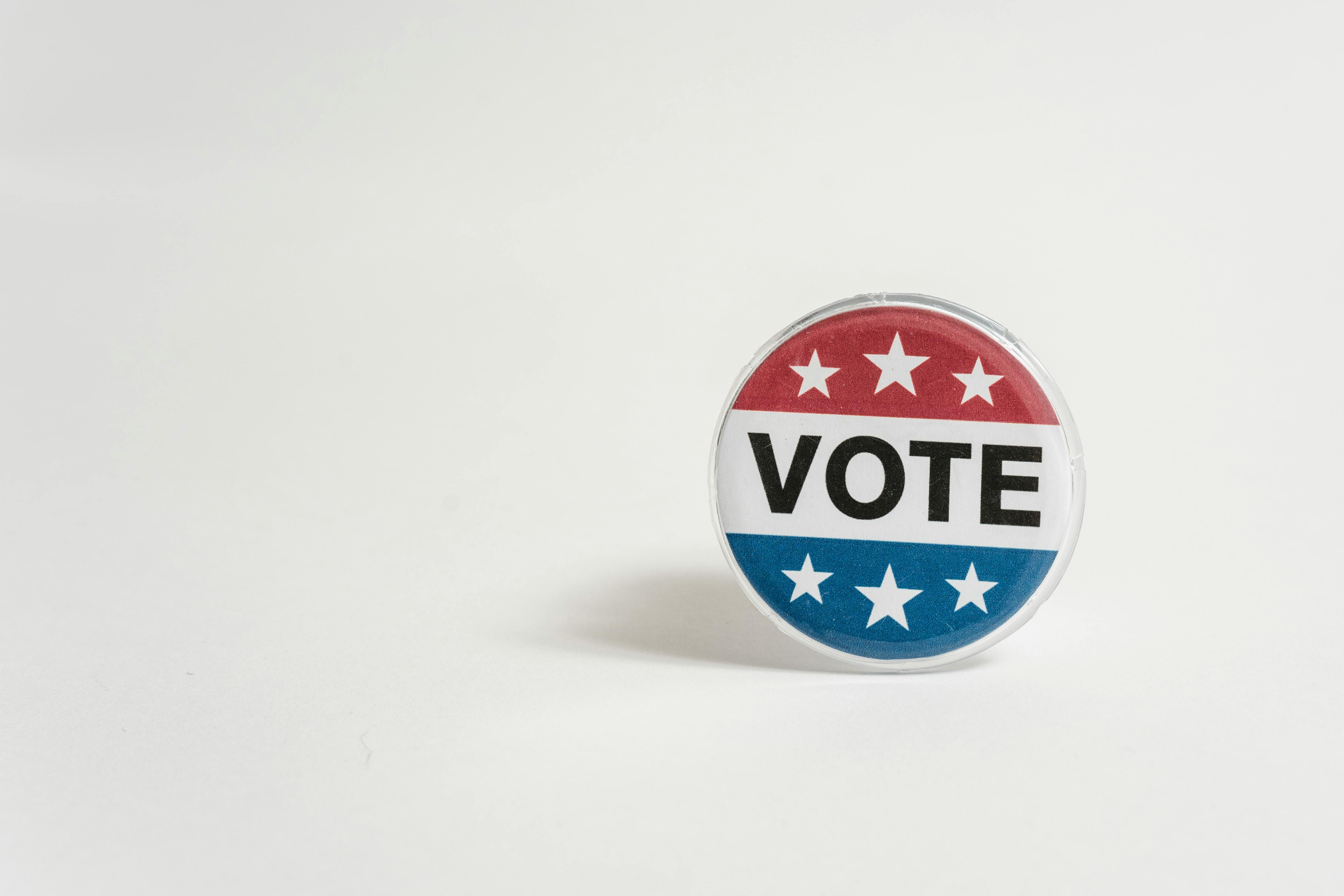For one electrifying weekend each year, the tranquil waters of Marina Bay become the backdrop for a spectacle of speed, light, and sound. The Singapore Grand Prix, officially known as the Formula 1 Singapore Airlines Singapore Grand Prix, is more than just a race; it’s a landmark event that transforms the city-state.
- The Singapore Grand Prix: A Tourism Powerhouse in Its Own Right
- The Hub-and-Spoke Model: Singapore as Asia’s F1 Gateway
- 1. Strategic Geographic Location and Connectivity
- 2. Extended Itineraries and Multi-Destination Travel
- Case Studies: The Ripple Effect in Action
- Thailand and Vietnam: The Perfect Post-Race Retreat
- Indonesia (Bali): The Cultural and Spiritual Counterbalance
- Malaysia and Japan: For the Motorsport Purist
- Australia and New Zealand: The Long-Haul Connection
- The Role of Strategic Partnerships and Marketing
- Beyond Leisure Travel: The MICE Opportunity
- Challenges and the Future Outlook
- Frequently Asked Question
- How can a race in Singapore boost tourism in other countries?
- Which parts of Asia-Pacific benefit the most from this ripple effect?
- What kind of traveler does the F1 event attract, and why does that matter for the region?
- Are there official partnerships that encourage this multi-destination travel?
- Doesn’t the event just make Singapore more expensive and crowded, deterring other travel?
- Besides vacationers, does this impact other types of travel?
- Is this regional tourism effect a deliberate strategy or just a happy accident?
- Conclusion
But its impact reverberates far beyond its iconic skyline. This event has become a powerful economic engine, strategically driving tourism not only to its host nation but across the vast and diverse Asia-Pacific region.
This article explores the multifaceted phenomenon of how a single event in a small island nation creates a ripple effect, boosting travel and hospitality from Thailand and Bali to Japan and Australia.
More Read: Lawsuit Challenges Trump’s $100,000 H-1B Visa Fee
The Singapore Grand Prix: A Tourism Powerhouse in Its Own Right
Since its inception in 2008 as the world’s first F1 night race, the Singapore GP has established itself as a crown jewel in the Formula 1 calendar.
Its unique “night race” identity, set against a stunning street circuit that winds past landmarks like the Marina Bay Sands, the Singapore Flyer, and the historic Padang, offers a visual spectacle unmatched by traditional racetracks.
The economic impact on Singapore is direct and substantial. The event typically attracts over 250,000 international visitors over the race weekend, with a significant portion being high-net-worth individuals.
Hotel occupancy rates soar to near 100%, with room rates often doubling or tripling. Restaurants, luxury retailers, and attractions all experience a significant uplift, contributing an estimated SGD 1.5 billion in tourism receipts since its debut.
However, the true genius of the Singapore GP’s regional influence lies in its role as a strategic “hub-and-spoke” model for tourism in Asia-Pacific.
The Hub-and-Spoke Model: Singapore as Asia’s F1 Gateway
Many international visitors, particularly those from Europe and North America, view a trip to Singapore for the Grand Prix as a prime opportunity to explore more of Southeast Asia and the wider Asia-Pacific.
The long-haul flight is justified by combining the race with a broader holiday. This is where the powerful ripple effect begins.
1. Strategic Geographic Location and Connectivity
Singapore’s Changi Airport is a premier global aviation hub, consistently ranked among the best in the world. It offers unparalleled connectivity to virtually every major city in Asia-Pacific.
For a traveler from London or New York, it is logistically straightforward to fly into Singapore for the race and then catch a short, affordable flight to a beach in Bali, the cultural sites of Bangkok, or the culinary scene of Kuala Lumpur.
2. Extended Itineraries and Multi-Destination Travel
The typical F1 fan attending the Singapore GP is not a budget traveler. They have the disposable income and, often, the vacation time to extend their trip. A common itinerary might look like:
-
Week 1: Arrive in Singapore, settle in, and enjoy the pre-race festivities and city attractions.
-
Race Weekend: Immerse in the F1 experience.
-
Week 2+: Travel to a destination like Phuket for relaxation, Siem Reap for the Angkor Wat temples, or Vietnam for a culinary tour.
This pattern means that the tourism revenue generated by the Grand Prix is shared across multiple economies. A flight booked on Thai Airways, a hotel stay in a resort in Danang, and a tour guide hired in Luang Prabang can all be traced back to the initial decision to attend the race in Singapore.
Case Studies: The Ripple Effect in Action
Let’s examine how specific countries and sectors within Asia-Pacific benefit from this phenomenon.
Thailand and Vietnam: The Perfect Post-Race Retreat
The intense, urban, and party-like atmosphere of the Grand Prix weekend often leaves travelers seeking contrast. The pristine beaches and luxurious wellness resorts of Thailand (Phuket, Krabi, Koh Samui) and Vietnam (Da Nang, Nha Trang, Phu Quoc) are the perfect antidote.
Data Point: Tourism authorities in both countries have noted a correlation between the Singapore GP dates and a slight uptick in arrivals from long-haul markets in the subsequent week. Travel agencies often package “F1 & Beach” tours, explicitly leveraging this demand.
Indonesia (Bali): The Cultural and Spiritual Counterbalance
Bali has long been a magnet for global tourists. For the F1 visitor, it offers a complete change of pace—from the high-octane glamour of Singapore to the spiritual serenity, lush rice terraces, and vibrant culture of the Island of the Gods.
The short flight time (under 3 hours) makes it an incredibly convenient and attractive add-on.
Malaysia and Japan: For the Motorsport Purist
While Malaysia’s own F1 race at Sepang ended in 2017, the passion for motorsport in the region remains strong. Some dedicated fans use the Singapore GP as a base to visit the Sepang International Circuit or explore Kuala Lumpur, just a short flight or bus ride away.
Furthermore, with the Japanese Grand Prix in Suzuka typically taking place a few weeks after Singapore, it creates a “double-header” opportunity for the most ardent fans.
They can experience two vastly different race cultures and explore Japan after the Singapore event, creating a sustained period of tourism activity across two major Asian economies.
Australia and New Zealand: The Long-Haul Connection
For travelers from Australia and New Zealand, the Singapore GP is a popular and accessible international event. It serves as a “stopover” destination on the way to Europe or a primary holiday destination in itself.
The event timing often aligns with the end of the Australian winter, making it an attractive start to a spring holiday that might include other parts of Southeast Asia.
The Role of Strategic Partnerships and Marketing
The ripple effect is not purely organic; it is actively cultivated through strategic partnerships.
-
Title Sponsorship: Singapore Airlines, as the title sponsor, is pivotal. The airline offers special F1 travel packages that can include stopovers or multi-city flights, making it easier for fans to build a regional itinerary. Their extensive network across Asia-Pacific is the physical infrastructure upon which this multi-destination travel is built.
-
Regional Tourism Boards: Tourism boards from neighboring countries often run co-marketing campaigns or have a presence during the Grand Prix week. By promoting their destinations to the captive, high-spending audience in Singapore, they directly tap into the F1-driven tourism flow.
-
Travel Agencies and Tour Operators: Specialized operators create curated “F1 Experience” tours that explicitly include destinations beyond Singapore, recognizing and fulfilling the existing demand for multi-country trips.
Beyond Leisure Travel: The MICE Opportunity
The Grand Prix week is also a premier MICE (Meetings, Incentives, Conferences, and Exhibitions) event. Corporations host clients, and luxury brands organize events.
These business travelers often extend their trips for leisure (a trend known as “bleisure” travel—business + leisure), further contributing to the regional tourism spike.
A corporate client from Europe might be hosted at the race and then join a company-organized post-event trip to a golf resort in Thailand or a team-building retreat in Bintan, Indonesia.
Challenges and the Future Outlook
The model is not without its challenges. The reliance on a single annual event creates a “lumpy” demand. Furthermore, regional competition from other luxury destinations and major events is fierce.
However, the future looks bright. The Singapore Grand Prix’ s recent contract extension solidifies its place on the F1 calendar.
The growing global popularity of Formula 1, driven by platforms like Netflix’s “Drive to Survive,” is bringing a new, younger, and more diverse audience to the sport.
These new fans are often eager for immersive travel experiences, making them perfect candidates for exploring the Asia-Pacific region beyond the racetrack.
Frequently Asked Question
How can a race in Singapore boost tourism in other countries?
It operates on a “hub-and-spoke” model. Singapore acts as the primary hub for the F1 event, attracting long-haul international visitors. These travelers often extend their trips, using Singapore’s excellent flight connectivity to visit neighboring countries like Thailand, Vietnam, Bali, or Malaysia. The Grand Prix is the main draw, but it becomes the centerpiece of a broader multi-destination Asian holiday.
Which parts of Asia-Pacific benefit the most from this ripple effect?
The benefits are widespread, but some of the biggest beneficiaries include:
- Thailand & Vietnam: For their post-race beach and wellness retreats.
- Indonesia (Bali): As a cultural and spiritual counterpoint to the urban glamour of the race.
- Malaysia & Japan: For motorsport enthusiasts visiting other circuits or catching another Grand Prix.
- Australia & New Zealand: As a key source market whose travelers use Singapore as a gateway to Southeast Asia.
What kind of traveler does the F1 event attract, and why does that matter for the region?
The Singapore GP attracts a high-spending, high-net-worth demographic. These aren’t budget travelers; they have the disposable income and vacation time to extend their trips and spend significantly on luxury accommodations, fine dining, and tours in other countries. This quality of tourism provides a substantial economic boost to the entire region.
Are there official partnerships that encourage this multi-destination travel?
Yes, strategic partnerships are crucial. Singapore Airlines, as the title sponsor, offers F1 travel packages that include multi-city flight options. Furthermore, tourism boards from other Asia-Pacific nations often run marketing campaigns during the Grand Prix week to capture the attention of the affluent audience present in Singapore.
Doesn’t the event just make Singapore more expensive and crowded, deterring other travel?
While Singapore does experience peak pricing and crowds during the F1 weekend, this is often seen as part of the unique, high-energy experience. For many visitors, this buzz is a positive, not a deterrent. The key is that travelers strategically plan their itineraries, enjoying the spectacle in Singapore before moving on to more tranquil or culturally distinct experiences elsewhere in the region.
Besides vacationers, does this impact other types of travel?
Absolutely. The Grand Prix is a major MICE (Meetings, Incentives, Conferences, and Exhibitions) event. Corporations host clients and offer the race as an incentive. These business travelers frequently add leisure days to their trips (a trend known as “bleisure” travel), leading to corporate-sponsored excursions to nearby resorts and destinations, further fueling regional tourism.
Is this regional tourism effect a deliberate strategy or just a happy accident?
It is a highly cultivated outcome. While the initial multi-destination travel was organic, its success has led to deliberate strategy. The Singapore Tourism Board, along with regional partners and travel operators, now actively markets the “F1 + Asia Holiday” concept. They recognize that promoting Singapore as a vibrant gateway enhances its appeal and creates a larger, more valuable tourism pie for the whole region to share.
Conclusion
The Singapore Grand Prix is a masterclass in event-led destination marketing. It has successfully positioned Singapore not just as a host city for a world-class sporting event, but as the dynamic and sophisticated gateway to the wonders of Asia-Pacific.
The roar of the F1 engines in Marina Bay does not fade at the checkered flag; instead, it transforms into the hum of aircraft turbines carrying satisfied fans to new adventures across the region.
The event proves that in an interconnected world, a major spectacle in one nation can be a rising tide that lifts all boats, fueling a powerful and sustained wave of tourism across the entire Asia-Pacific.


